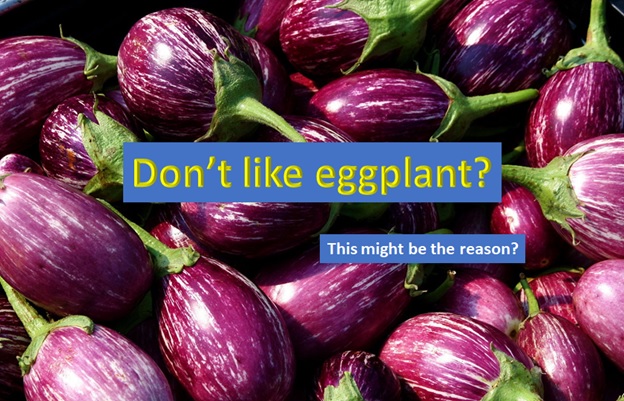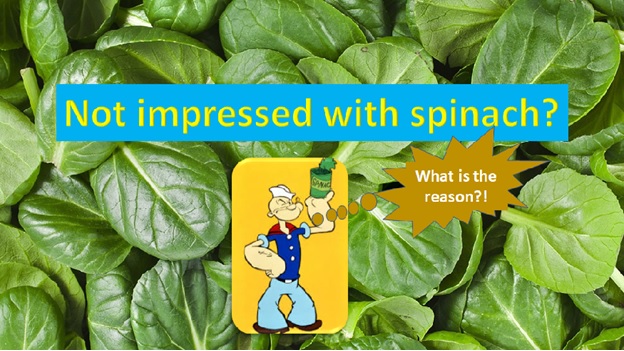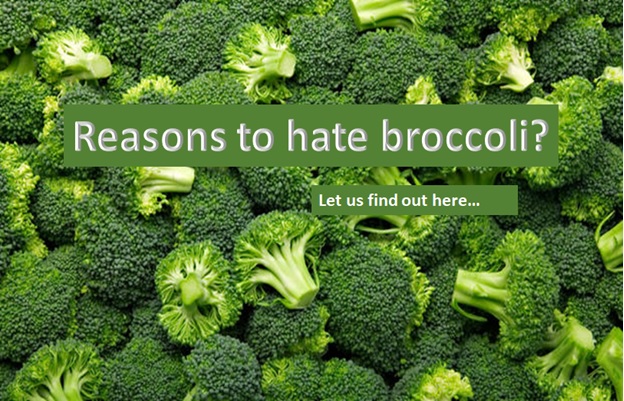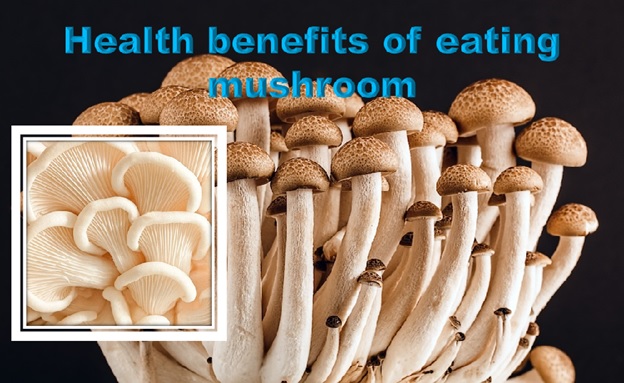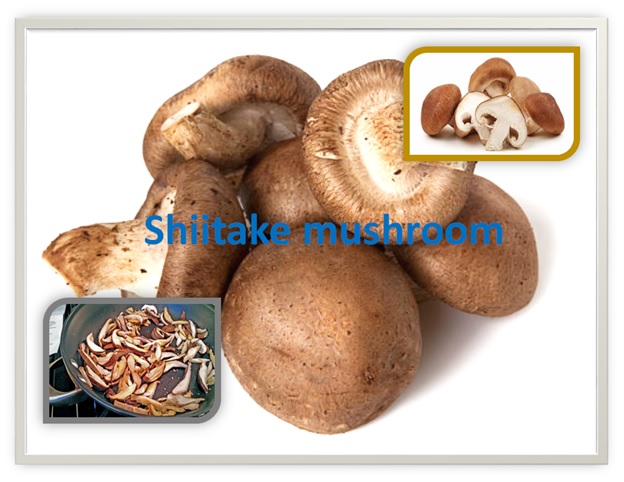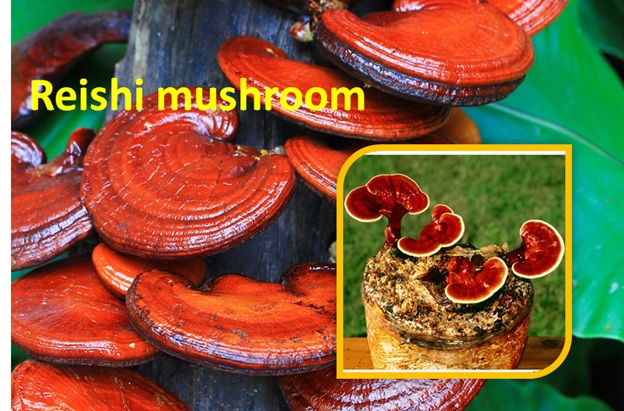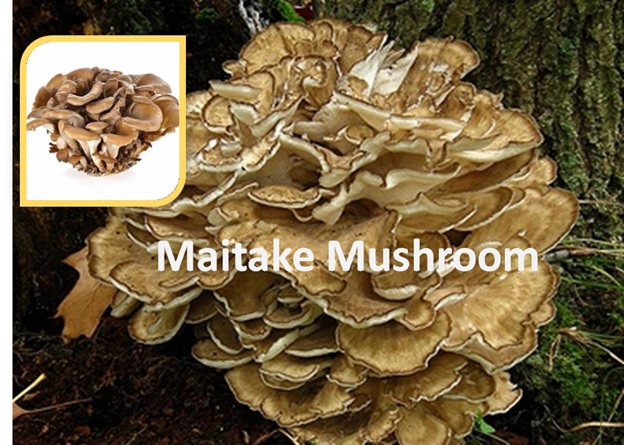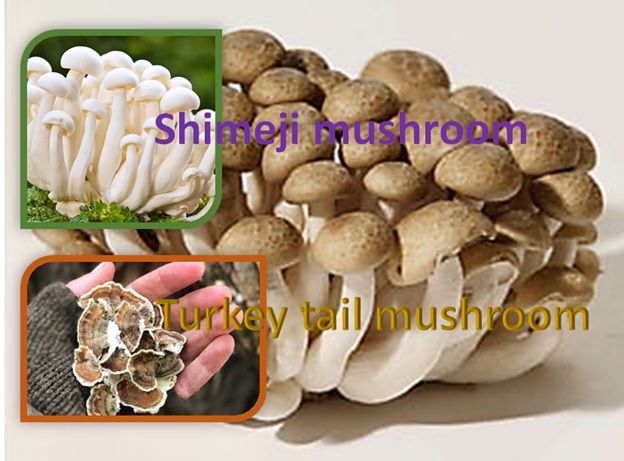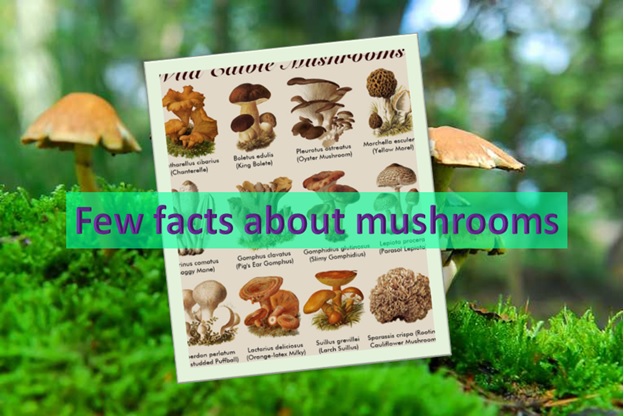Virtual reality devices are gaining more popularity in medical field. It is good for scientific and medical visualization. Virtual means near and reality is what we experience as human beings.
Virtual reality or VR is used in various science fields – Physics, chemistry, biology, medicine, astronomy and engineering. The technology brings collaboration between all these different fields for the benefit of human system.
The definition for Virtual reality in terms of technology is “the term used to describe a three-dimensional, computer generated environment which can be explored and interacted with by a person”. Using computer graphics to express ideas and science behind medical field – molecular models and results virtual reality is helpful.
Virtual reality is more than a video game or entertainment. With a headset that totally blocks the light of outside world and magnifies to make medial images clear and helps to interact. It also helps in looking at science in different angles and in solving the problem. These VR systems use simulations which are viewed through a head mounted display (HMD). The headset contains a tracking device, earphones, microphone for verbal interaction. Tracking device which records the movements of person’s head, and changes the perception of images. This adds to the realism and immersion.
In medical field, the application of virtual reality are many. Did you know: Medical system is one the largest adopters of VR and it encompasses phobia treatment, robotic surgery, surgery stimulation, training skills of medical professionals and many others. Few such applications are:
- Pain management: As we know parts of human brain is linked to pain. The insula and somatosensory cortex becomes less active when patient is immersed in virtual reality. It helps in tolerating surgery or procedures that are painful. It also acts as a therapy for amputees who have lost their limbs and suffering from pain. Controlling virtual version of the lost limb helps amputees to cope up with the pain.
- Virtual robotic surgery: Surgery performed by robotic device and controlled by a surgeon. It reduces time of surgery and less invasion and complications. Sometimes the surgery is also performed by the surgeon from remote tele-surgery from a separate location to the patient! An expert surgeon can only handle this as the amount of pressure that need to be put should be properly visualized.
- For autistic children: With VR’s help researchers are exploring alternative solutions for autism. One recent finding is VR motivates to practice social skills in children who had ASD. It also helps autistic youngsters to enter work environment. Floreo, a Washington based startup developing VR scenarios for children with ASD. By this child can come out and make actual eye contact in public. With VR’s help parents can also interact with child’s VR program by using a linked tablet.
- Physical therapy: VR also helpful as therapy instrument where people who undergo physical therapy can get help in moving their body. Movement of arms to catch a virtual ball or moving legs to reach the floor or trying to walk in a virtual tour- helps patients move their body positively. The anxiety to get back to normalcy will not be there as VR helps people to get back to normalcy without realizing the therapy they are undergoing through.
- Phobias, anxiety and fear: With PTSD (post-traumatic stress disorder) or with phobias patients can be introduced slowly to their fear by therapist. VR can be adjusted as per the needs of patient and the fear of facing something or the phobia of looking at and feeling things will slowly disappears with VR.
- Cognitive rehabilitation: People who suffer from trauma, long-term illness or other types of brain injuries can practice VR and interact with day to day life using VR. This helps for speedy recovery and helps in gaining higher level of cognitive function.
- Virtual reality and lifestyle: VR is used in promoting healthy living and healthy eating, means healthy life style. It reinforces effectively, importance of fruits, vegetables, reducing salt intake, good and bad fat and a good diet regime. It features 3D human figure which exhibits mood changes depending on the choice of good and bad food that VR user makes !
- For physicians, assistances and nurses: Doctors can use VR as an assessment tool while observing patient’s tasks and read data of recovery or progress. It helps to carry routine procedures easily – like learning surgical procedure, handling wounds, anatomy of patient etc. VR is a power teaching tool and is good for medical profession learners.
The other applications of VR in medical field is in preventive medicine (ex. for smoking cessation program) as a therapy, weight management program, in rehabilitation for stroke patients to recover and in counselling for stress and phobias such as public speaking.
Use of VR in medical system appears to be promising. However, people are yet to get used for the idea of remote handling of surgery by a robot system and by an unknown surgeon from an unknown place can take days to years. There are contradictory views on using virtual reality system for children. Many of opinion that using the headset of VR can harm children visual capacity and brain and in adults it can result in sore eyes and headaches.
The expectation of VR in Science is, it can take a prominent place in Industrial and domestic world over the coming decades. There is possibility people will interact with each other using headsets that offers three dimensional views. VR is becoming part of human life in big way. And some feel that it is becoming the next disruptive technology in human’s life.
References:
Image credit: https://www.needpix.com/photo/1589372/virtual-reality-network-technology-communication-reality-virtual-digital-networking-connection (Free for commercial use)
